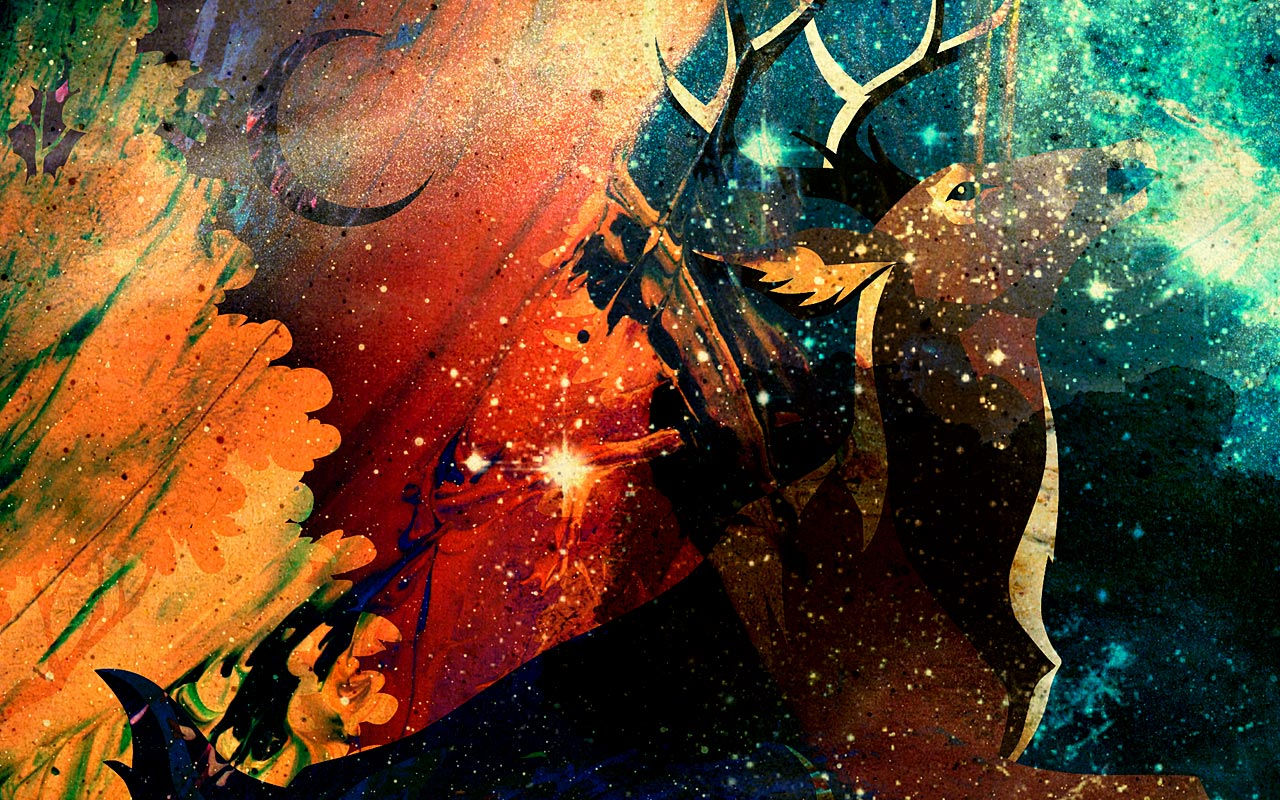Tanabata Festival: The Star-Crossed Celebration of Japan’s Romantic Tradition
- torinaga11
- Feb 20
- 4 min read

The Tanabata Festival (七夕), also known as the Star Festival, is one of Japan’s most enchanting cultural celebrations. Rooted in Chinese legend and infused with Japanese traditions, Tanabata commemorates the celestial reunion of Orihime (Vega) and Hikoboshi (Altair), two star-crossed lovers separated by the Milky Way. Every year on July 7th (or August 7th in some regions), people across Japan celebrate this romantic event with colorful decorations, wishes written on tanzaku (paper strips), traditional performances, and lively street festivals.
In this guide, we explore the origins, customs, major festival locations, and modern-day significance of Tanabata, making it the perfect resource for those interested in Japanese culture and traditions.
The Legend Behind Tanabata
Tanabata’s origins trace back to the Chinese Qixi Festival, which was later introduced to Japan during the Heian Period (794-1185). The legend tells the story of Orihime, a celestial weaver princess, and Hikoboshi, a cowherd, who fell deeply in love. However, their devotion to each other distracted them from their duties, angering Tentei, the Celestial King (Orihime’s father). As punishment, he separated them by the heavenly river (the Milky Way), allowing them to meet only once a year—on the seventh day of the seventh lunar month.
This tale of love and longing inspired the Tanabata Festival, symbolizing hope, romance, and perseverance.

Traditional Customs and Celebrations
Tanabata is widely celebrated across Japan, with each region adding its unique touch. However, several key customs define the festival:
1. Writing Wishes on Tanzaku (Paper Strips)
One of the most famous Tanabata traditions is writing personal wishes or poems on colorful tanzaku paper strips, which are then hung on bamboo branches. Common wishes range from academic success and career growth to finding love and happiness. In some areas, people also write poems following the traditional waka or haiku style.
2. Tanabata Decorations
Streets, shopping districts, and homes are adorned with vibrant Tanabata ornaments, including:
Fukinagashi (streamers) – Representing Orihime’s weaving threads.
Orizuru (paper cranes) – Symbolizing longevity and good fortune.
Kinchaku (paper purses) – Wishing for prosperity.
Kusudama (decorative balls) – Adding a festive touch to the atmosphere.
3. Special Foods
Somen Noodles – A cold, thin noodle dish symbolizing the Milky Way.
Chirashi Sushi – A colorful, scattered sushi dish often eaten during celebrations.
Tanabata-themed Wagashi (Japanese sweets) – Star-shaped sweets in various colors.
4. Fireworks and Parades
In many cities, Tanabata celebrations include parades, live music, traditional dance performances, and fireworks displays, bringing a festive and romantic ambiance to the summer night.

Famous Tanabata Festivals in Japan
While Tanabata is celebrated nationwide, some cities host spectacular large-scale events:
1. Sendai Tanabata Festival (仙台七夕まつり)
Location: Sendai, Miyagi Prefecture
Date: August 6–8 (following the lunar calendar)
Highlights:
Japan’s largest and most famous Tanabata festival.
Elaborate fukinagashi streamers hanging over the streets.
Fireworks and food stalls filling the city with excitement.
2. Hiratsuka Tanabata Festival (湘南ひらつか七夕まつり)
Location: Hiratsuka, Kanagawa Prefecture
Date: Early July
Highlights:
One of the biggest Tanabata celebrations near Tokyo.
Colorful parades, live performances, and dazzling decorations.
Hundreds of thousands of visitors each year.
3. Asagaya Tanabata Festival (阿佐ヶ谷七夕まつり)
Location: Asagaya, Tokyo
Date: Early August
Highlights:
Unique handcrafted paper-mâché decorations.
Traditional and modern street performances.
A community-driven celebration with a nostalgic atmosphere.
4. Anjo Tanabata Festival (安城七夕まつり)
Location: Anjo, Aichi Prefecture
Date: Early August
Highlights:
Massive bamboo wish trees.
One of the largest Tanabata festivals in central Japan.
Incorporates both traditional and modern festival elements.
Modern-Day Significance of Tanabata
In modern Japan, Tanabata has evolved beyond its traditional origins. Schools, workplaces, and shopping centers organize Tanabata-themed events, encouraging people to engage in cultural activities. The festival also influences pop culture, appearing in anime, manga, and movies, emphasizing its lasting impact on Japanese society.
Additionally, Tanabata is a time for families, couples, and friends to come together, fostering a sense of hope, connection, and shared aspirations.

How to Experience Tanabata as a Tourist
If you plan to experience Tanabata firsthand, here are some essential tips:
Visit Major Festival Cities: Sendai and Hiratsuka offer the most immersive experiences.
Write Your Wish on Tanzaku: Participate in local wish-making activities.
Try Seasonal Foods: Enjoy special Tanabata dishes like somen noodles.
Dress in Yukata: Embrace the festive spirit by wearing traditional summer attire.
Capture the Moment: The vibrant decorations and lively atmosphere make for amazing travel photos.
The Tanabata Festival is a magical blend of romance, tradition, and celebration, making it one of Japan’s most beloved summer events. Whether you visit the grand festivals in Sendai or partake in local customs, Tanabata offers a unique cultural experience that captures the beauty of Japanese folklore.
Plan your trip, make a wish, and witness the starry romance of Tanabata—a festival where love, hope, and dreams shine brightest in the summer night sky.
#Tanabata #TanabataFestival #StarFestival #JapanFestival #JapaneseCulture #OrihimeAndHikoboshi #MilkyWay #WishMaking #Tanzaku #SendaiTanabata #HiratsukaTanabata #AsagayaTanabata #SummerFestival #JapanTravel #FestivalsOfJapan #Fireworks #TraditionalJapan #CulturalHeritage #RomanticFestival #ExploreJapan


Comments